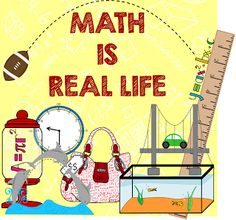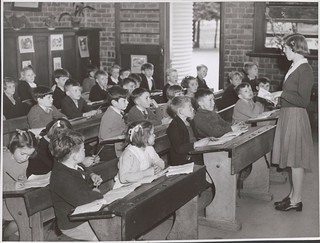As part of our TDT for social studies we had to look at the book ‘The Desperate Journey’ by Kathleen Fidler. This is a book I had never heard of before and I was intrigued to see how this could relate to my social studies input and teaching.
The Desperate Journey is about the Highland Clearances in Scotland. It follows a family whom were affected by the clearances and were forced to leave their homes and travel to the large city of Glasgow. The family go to work in the mills which is a hard and dangerous job when the opportunity arises for them to move to Canada and again the book follows them on this journey.
Our TDT asked us how we would use this book to introduce the highland clearances. A way in which I thought it could be introduced was picking out a quote or page which hut home the message of the clearances. The quote I picked was
“Katy and Kirsty packed up the household goods… at last all the goods were lashed securely on to the cart. ‘Farewell Culmailie! We may never see you again.’
Kirsty began to weep, David put out a hand to comfort her. Do not look back, Kirsty he whispered. “It is better to look-forward.”
This one quote immediately can open up a whole range of discussion, for example why are they sad? Why are they moving if they don’t want to move? Where are they going? An alternative option for discussion could also be to direct it to the children, how would they feel if they had to move homes? What emotions do you think you would feel? What would you take with you? This will encourage the children to develop empathy with the characters and imagine what it would be like for them if they were in the situation thereby providing a relevant context for the children. Through engagement with one quote this can stimulate discussion and provide a way of introducing a topic such as the highland clearances.
This book also inspired to look for other contexts which this could relate to. I felt that this book could also be a good way to introduce the topic of refugee migration which is an extremely current topic. By promoting the same type of questioning as the highland clearances this provides children with the ability to connect with something that seems so far away for them.
Through just one single page in one book there are a variety of teaching and learning opportunities such as through history by looking at evacuation of children in the war. Through geography by looking at refugees and immigration or in literacy as a stimulus for creative writing.
By examining just one text I feel inspired by the use that stories can have as an introduction to learning and I can see myself implementing this in to my practice.
References
Fidler, K (1984) The desperate journey. Edinburgh: Kelpies


















 s even if you have spoke to them for a long time.
s even if you have spoke to them for a long time.



